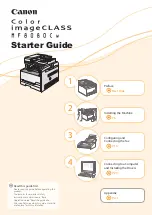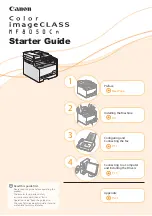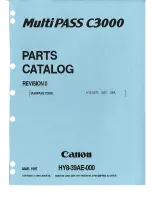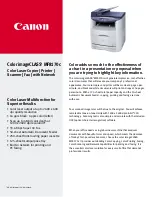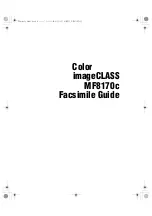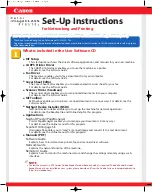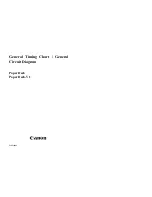
5
After all the tagged records have printed, choose the Exit
button to return to the Card History Data Entry window.
Printing with the report writing utility
You can use the ID-4000 report writing utility to create
and print reports from ID-4000 card history databases.
With the utility, you can select, arrange and print card
history data in a variety of formats. See the separate
instructions provided with the report writer for a
complete description of its capabilities.
To start the report writer, see page 5-7. Then refer to the
report writer instructions (provided separately) for report
creation and printing procedures.
The procedures for creating card history reports require
that you select the ID-4000 card history database file or
files that will be the source of your report data. Most
ID-4000 systems use either dBase or SQL database file
format, depending on how they were set up. The
database file names and structure of your database
depend on the format your system uses.
If you do not know the format that has been selected for
your system, see your system administrator.
Note: Your ID-4000 system may use a database format
other than dBase or SQL. If it does, see your system
administrator for the location of your database files.
If your ID-4000 uses a dBase database, your card history
database file names start with “CH” and have the
extension “.DBF”. The names of these files and their
directories were determined during system setup. With
the dBase database format, each applicant category
(employee, visitor, etc.) has its own card history .DBF file.
If your ID-4000 uses an SQL database, the card history
data is in one or more tables within a single database
file. Your database file name has the extension “.DBS”.
This name and its directory were determined during
system setup, but the file and the directory have the
same name. Card history table names within the
database file start with “CH.”
5-84
ID-4000 administration


































